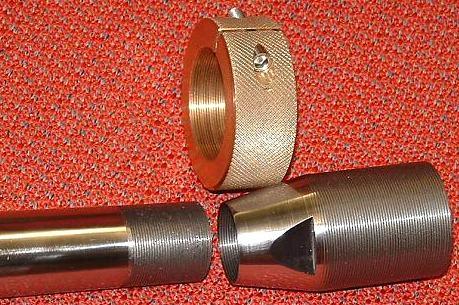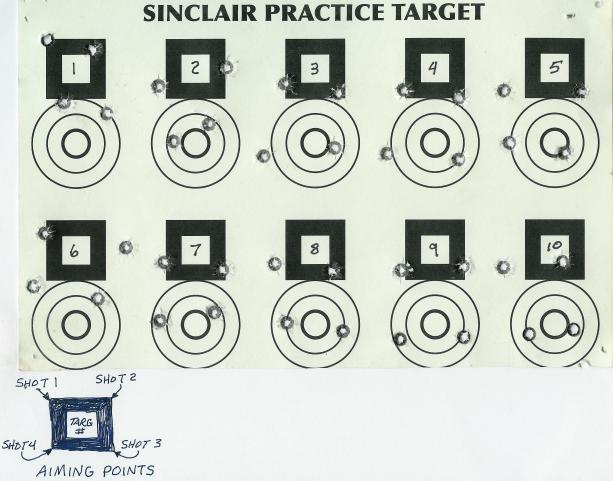WildRose
Well-Known Member
That is factually incorrect.Did you read the FEA analysis and shooting test I posted on VarmintAl's site ? It was proven both practically and analytically that by changing the powder load a tiny bit, or moving the tuning weight less than 1/2" forward or backwards that the muzzle could be pointing upward, straight or downward with no other contributing factors.
The only part of recoil which has any significance to point of impact is the part which occurs before the bullet leaves the barrel. What happens after the bullet leaves the barrel only serves to scare the shooter.
If one can't or won't read, can't comprehend the subject matter and can't or won't ask questions about things one does not understand, one will remain forever ignorant. Barrel Tuner Analysis -- FEA Dynamic Analysis of Esten's Rifle with/without a Tuner.


The buffeting that occurs just after the bullet exits the barral can dramatically affect accuracy which is why a bad crown, or improperly mounted muzzle brake can make an otherwise pefect rifle perfectly useless beyond 300yards.
Al's "barrel tuner" does one thing, it changes the harmonics of the barrel. It does nothing about recoil.

